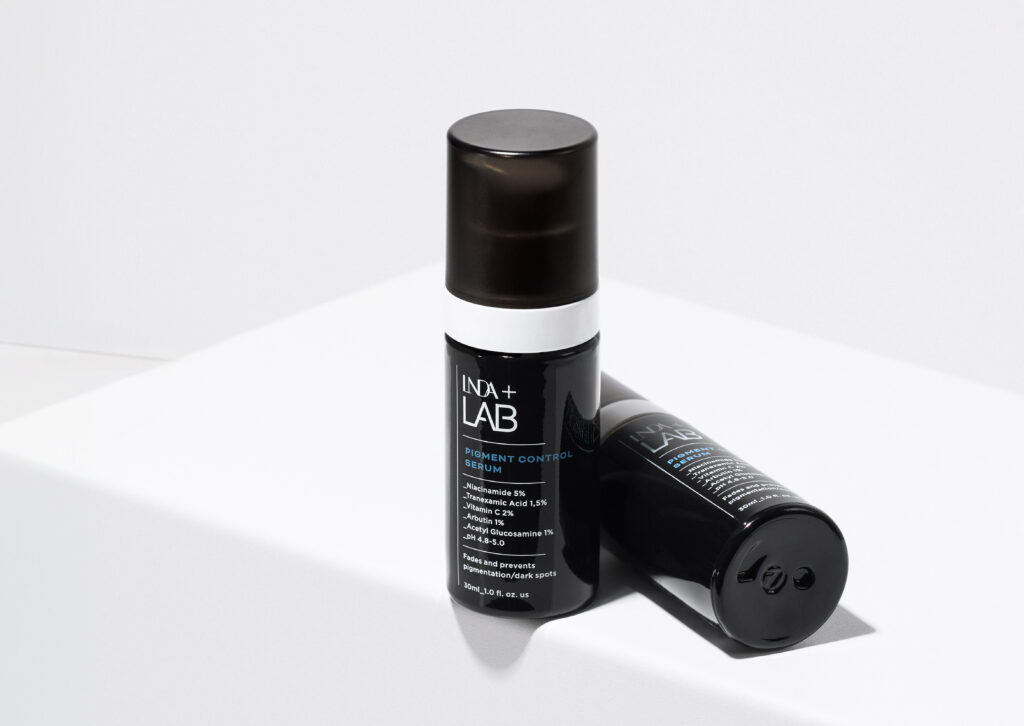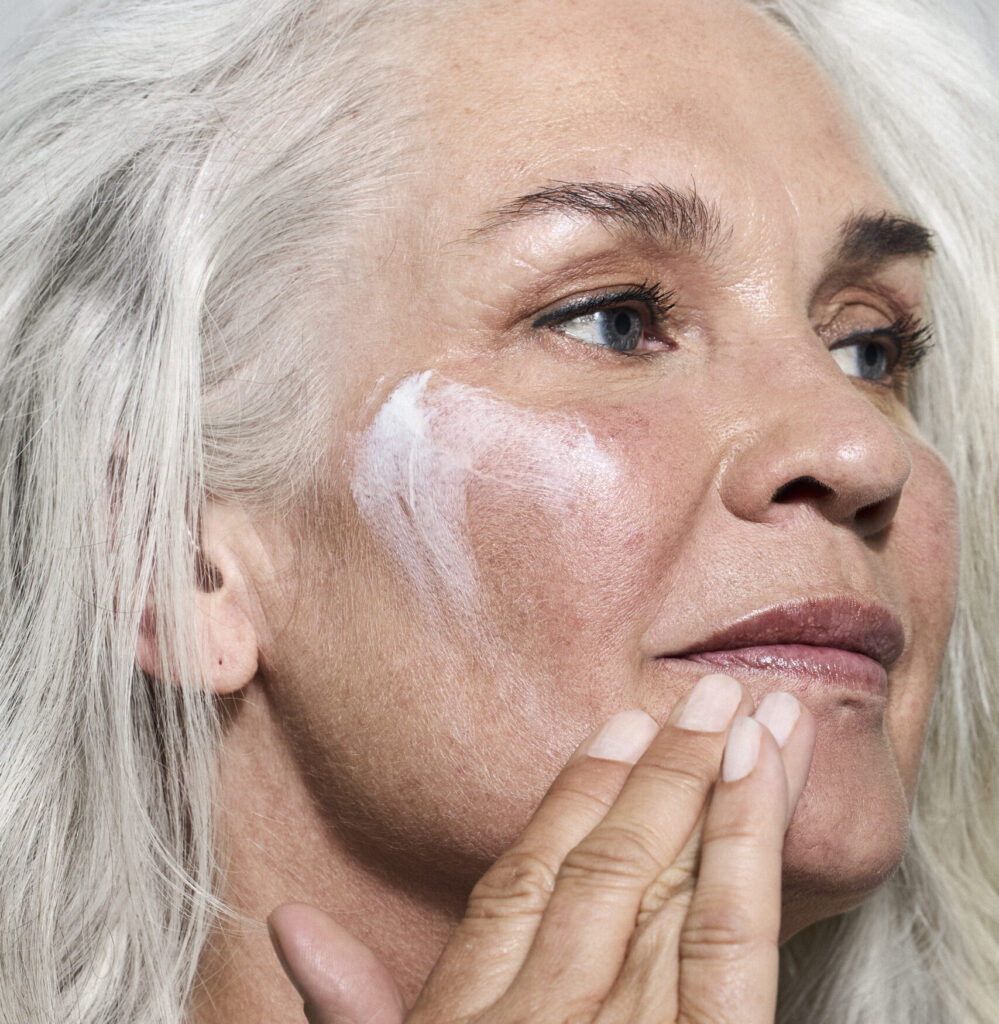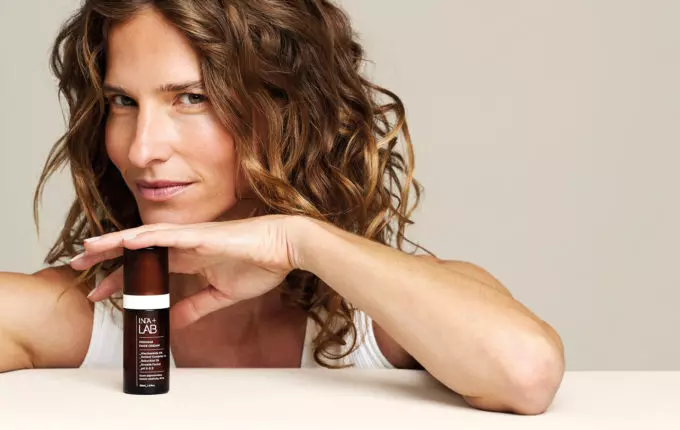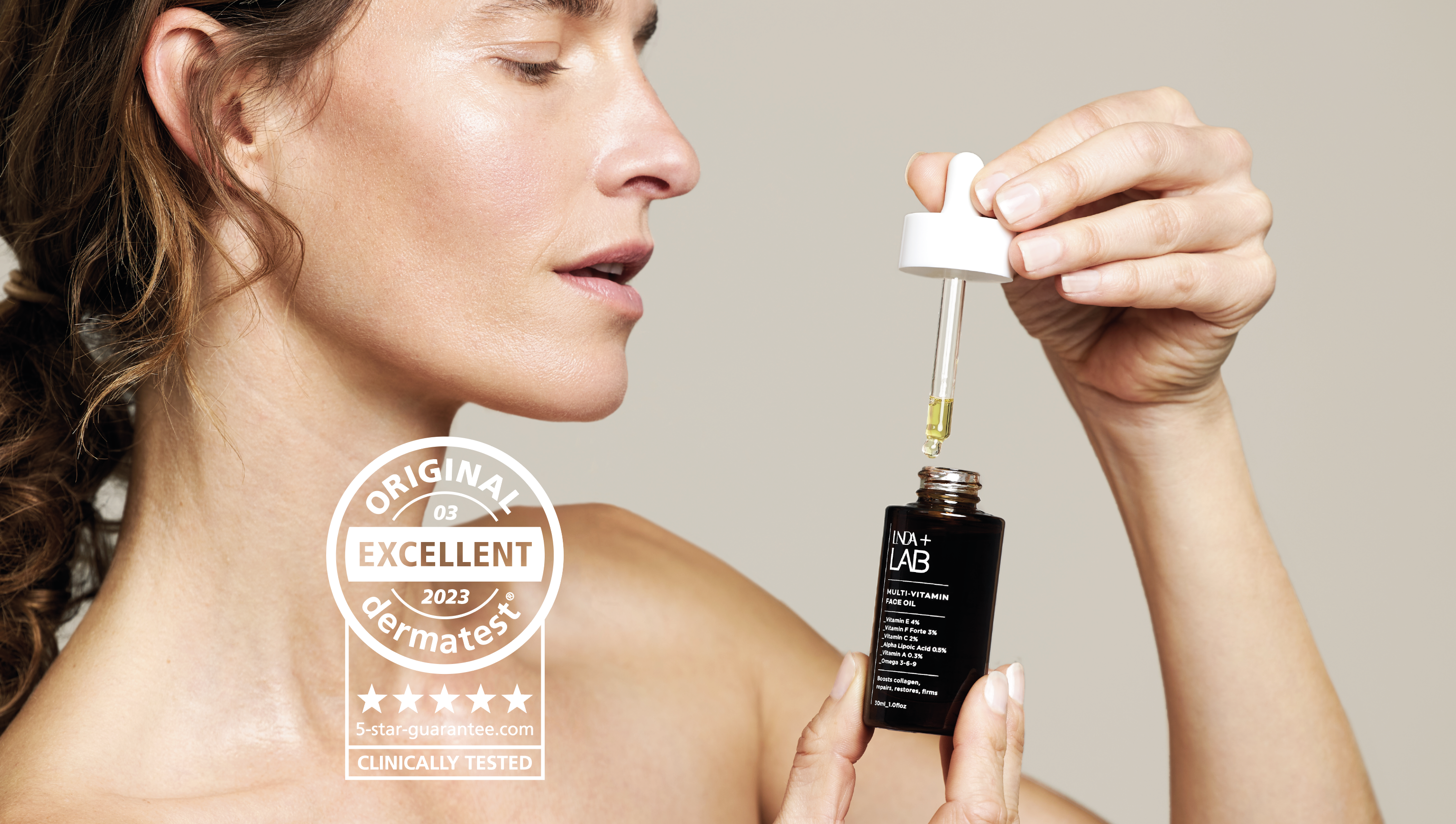Have you developed skin patches or discoloration as a result of UV damage? Alternatively, are you observing dark patches that are raised and gradually increasing in size? If so, don’t worry — hyperpigmentation is the cause of these skin tone and texture issues, and they’re more typical than you might think.
What causes hyperpigmentation, and how is it treated? Here’s everything you need to know.
Understanding Hyperpigmentation
Hyperpigmentation refers to areas of skin that appear darker due to excess melanin production. Melanin is the pigment that gives your skin its unique tone and serves as a natural sunscreen, protecting against harmful UV rays.
However, factors like prolonged sun exposure, hormonal shifts, and aging can lead to an overproduction of melanin, causing dark spots or uneven skin tone. This condition often occurs in the outer epidermis or deeper dermal layers, sometimes as a result of inflammation when the skin heals after irritation or injury.
For instance, post-breakout marks are a common form of hyperpigmentation caused by picking at blemishes. These red or brown spots can feel stubborn and hard to fade.
Addressing Hyperpigmentation
To tackle inflammation and environmental stressors that trigger excess pigmentation, consider adding hydrating serums or moisturizers to your skincare routine. At LNDA, our Pigment Control Serum and Firming Face Cream are specifically formulated to restore balance to your skin cells, reducing melanin overproduction and promoting a healthier complexion.

The Three Types of Hyperpigmentation
Hyperpigmentation can take several forms, each with unique causes and treatment approaches:
- Sunspots
Also known as “liver spots,” sunspots are among the most common types of hyperpigmentation. They often appear on sun-exposed areas like the face, hands, and shoulders. Spending long hours under the sun without protection can accelerate their formation. - Post-Inflammatory Hyperpigmentation (PIH)
PIH occurs as a natural response to skin injuries, inflammation, or trauma. This condition leads to dark spots or patches, often following acne, allergic reactions, or physical irritation. - Melasma
Melasma is linked to hormonal imbalances and is characterized by dark patches that may develop on the face, stomach, or other areas. It is commonly associated with pregnancy or hormonal treatments.

How to Treat Hyperpigmentation
Living with hyperpigmentation can be frustrating, but the good news is that consistent care and a few adjustments to your skincare routine can help you achieve smoother, more even-toned skin.
- Keep Your Skin Hydrated
Hydrated skin is healthy skin. Moisturizers and serums designed to increase cell turnover and lighten dark spots are essential for a radiant complexion. - Avoid Picking at Acne or Bites
Resist the urge to pick at blemishes, acne, or bug bites, as this can worsen discoloration and lead to more severe hyperpigmentation over time. For scars or dark spots caused by past picking, try products like our Niacinamide Serum 10% or 20%, Radiant Glow Vitamin C Skin Booster, or Pigment Control Serum. These serums are packed with brightening agents to repair your skin barrier and minimize the appearance of discoloration. - Always Use Sunscreen
SPF is your skin’s best defense against further discoloration. Apply a broad-spectrum sunscreen with at least SPF 30 daily—regardless of the season. Don’t forget to cover areas like your neck, ears, and hands. For extra protection, consider wearing a wide-brimmed hat if you’ll be in direct sunlight. - Explore Professional Treatments
If you’re struggling with persistent hyperpigmentation, cosmetic treatments like chemical peels, microdermabrasion, or laser therapy can be effective solutions. These procedures help remove excess melanin and encourage new, healthier skin.
Prevention is Key
Preventing hyperpigmentation is much easier than treating it. Building a consistent skincare routine with the right products is your best defense. Incorporate a gentle cleanser, a nourishing moisturizer, and serums rich in active ingredients that target pigmentation and restore your skin’s barrier.
Unlock Radiance with LNDA
At LNDA, we understand the challenges hyperpigmentation can bring to your confidence. That’s why our LNDA+LABrange is designed to combine innovative science with clinically tested ingredients to address your concerns.
From Pigment Control Serum to Firming Face Cream, our products nourish, protect, and guide essential nutrients to your skin cells, helping you achieve a brighter, more even complexion.




